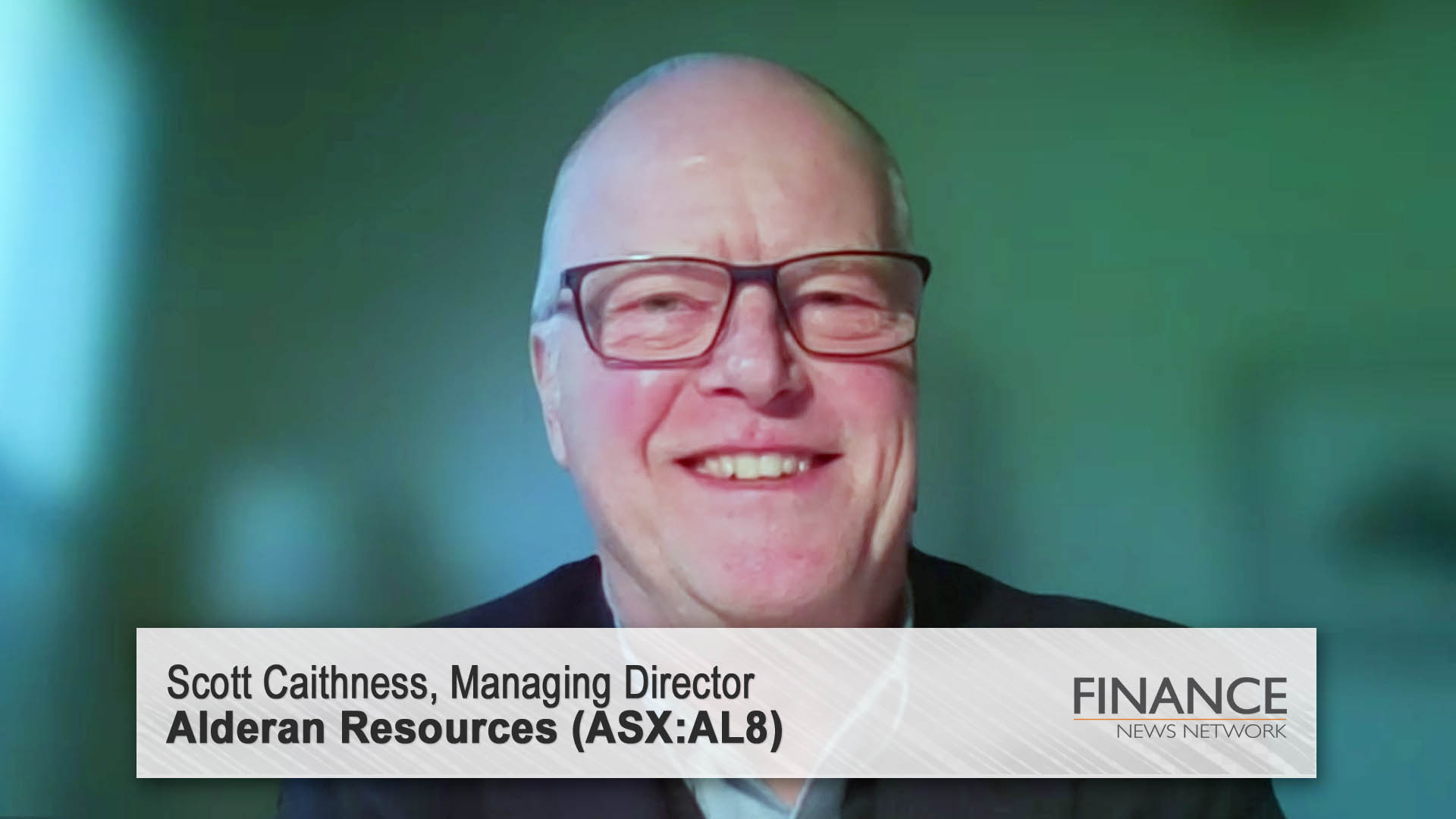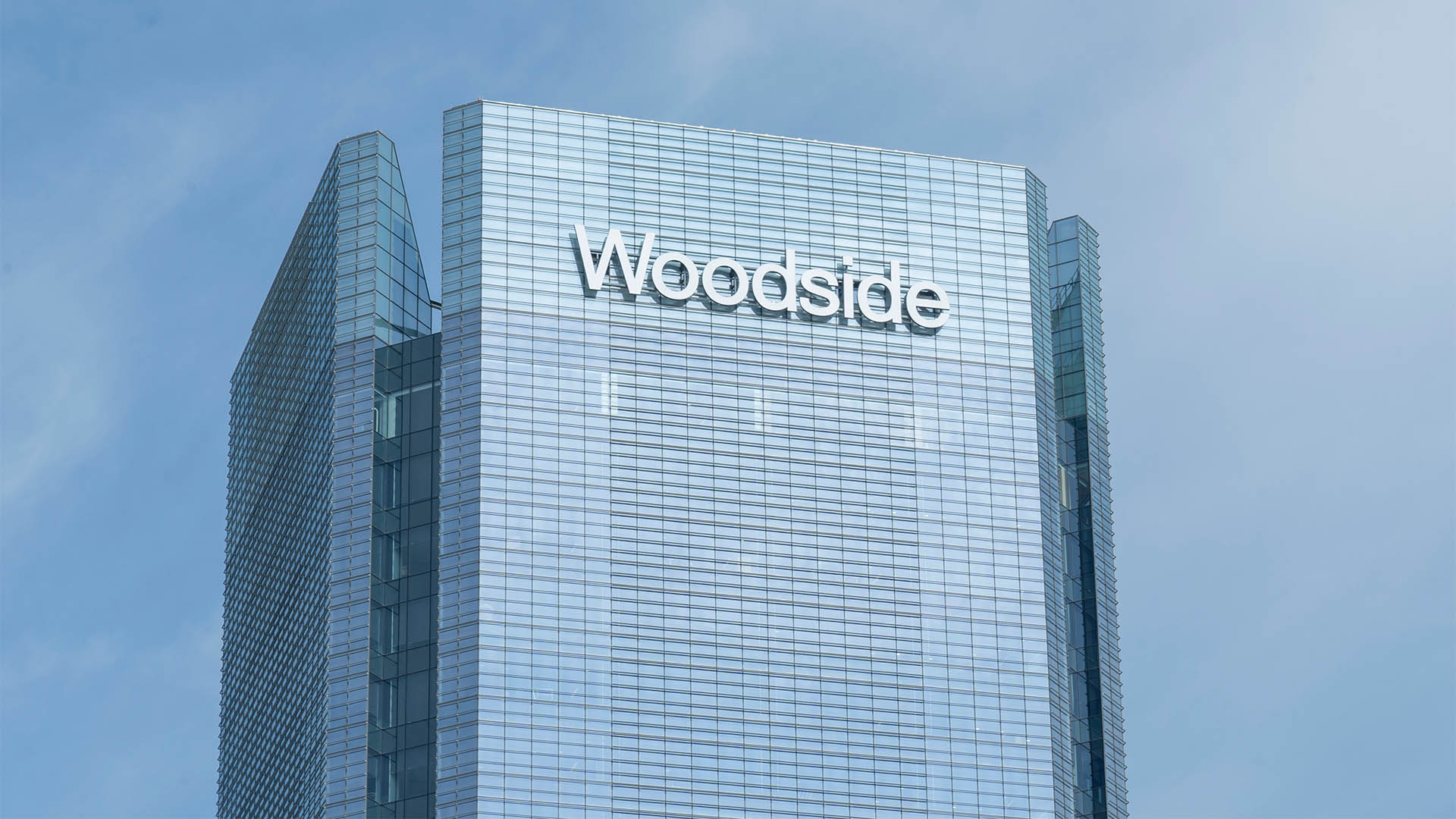Something to boast about for most people, but not wage earners from the December quarter GDP figures and national accounts.
Yesterday’s data showed a very sharp rebound back to growth of 1.1% in the December quarter from the unrevised 0.5% contraction in the three months to September.
Annual growth was 2.4%, not far from 2015’s 2.5% (revised down from 2.6%).
Broad-based growth drove the much higher than expected quarterly and annual growth rates with the Australian Bureau of Statistics pointing out that growth was recorded in 15 of the 20 industries it studies.
Household consumption rose as consumers dipped into savings to spend and make up for the weakness in wages which fell 0.5% in the quarter and were only up 1.9% over the year.
Helping keep the economy growing, the solid 0.5 percentage point contribution from household consumption was financed by consumers running down their savings. The ABS said the savings rate dropped to 5.2% in the quarter, down a solid 1.2% from the September quarter.
The ABS said this decline was driven by weak growth in household Gross disposable income of 0.2% while household spending lifted to 1.2% from subdued growth of 0.6% in the previous quarter.
Its clear that the sluggishness of wages is forcing Australian households to start running down their savings – and this probably means starting to draw down the extra payments on their housing loans they have been making.
The longer wage growth remains risk and savings are being run down exposes the economy and Australians geerally to the very high level of household debt, which is the RBA’s central cocern at the moment.
Also helping was the surge in commodity prices in the last half of the year and the surge in our trade deficit and fall in the current account deficit, the surge in company profits, especially those from the mining sector.
“Strongest growth was observed in Mining, Agriculture, forestry and fishing, and Professional scientific and technical services, each industry contributed 0.2 percentage points to GDP growth,“ the ABS said.
That makes a mockery of assertions that the economy was heading for recession (after the September quarter’s contraction) and claims as late as yesterday on ABC morning TV that the economy had not made the transition from the mining boom and remained too reliant on mining.
The ABS figures show that is certainly far from reality and plain wrong.
"Household final consumption expenditure contributed 0.5 percentage points to GDP growth. Net exports contributed 0.2 percentage points. Public and private capital formation both contributed 0.3 percentage points this quarter after both detracted from GDP growth last quarte,” the ABS pointed out.
Our Terms of trade grew by 9.1% in the December quarter due to strong price rises in Coal and Iron ore.
“The terms of trade is now 15.6% higher than December quarter 2015.
Nominal GDP grew by 3.0% to be 6.1 per cent higher through the year. Real net national disposable income increased by 2.9% for the quarter,” the ABS said. (so much for the 2015 and 216 fashionable commentary of an ‘income recession’). The Australian Bureau of Statistics said growth over the year to December was 2.4% – much better than some forecasts at around 1.9% to 2.1%.
That was due to revisions to the March and June quarters (now 1.1% and .8% respectively from 1.0% and 0.6% as originally reported). The annual rate for 2016 is just under the revised (downwards) 2.5% for 2015 (from 2.6%). “The strength in commodity prices helped drive a 16.5 per cent increase in Private non-financial corporation’s Gross operating surplus,” the ABS said.”
Compensation of employees decreased 0.5 per cent for the quarter to be 1.5 per cent higher through the year. "This is in line with the subdued wage price index (1.9 per cent through the year) and employment growth (0.7 per cent through the year) previously published by the ABS.”













